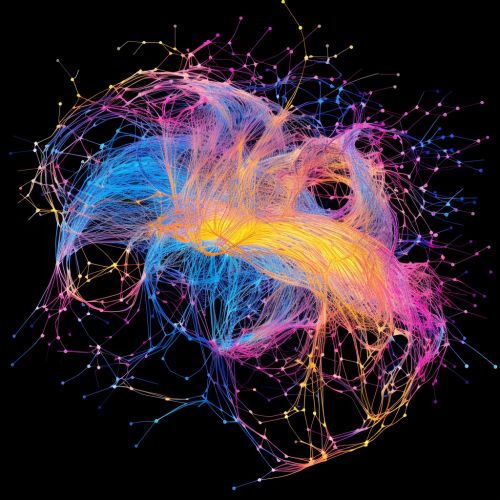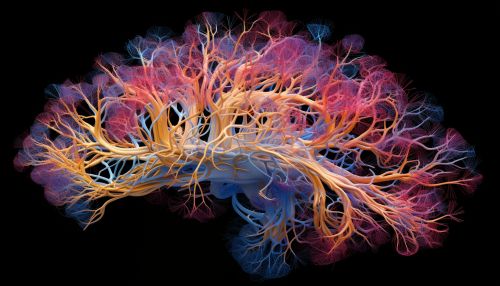Human Connectome
Overview
The human connectome refers to the complex network of neural connections in the brain. It is a comprehensive map of neural connections, capturing a wide variety of brain structures and functions. The term "connectome" is derived from the words "connection" and "genome", and it signifies the complete set of connections within the human brain.
Concept and Definition
The concept of the human connectome was first proposed by Olaf Sporns and his colleagues in 2005. They defined the connectome as the complete description of the structural and functional connections in an organism's nervous system. The human connectome, therefore, is the totality of connections in the human brain. It includes both the macroscopic connections between brain regions and the microscopic connections between neurons.
Importance
The human connectome is crucial for understanding the functioning of the brain. It provides a structural framework for studying brain function and dysfunction. By mapping the connectome, scientists can gain insights into the organization and operation of brain networks, which are crucial for cognition, emotion, and behavior.
Mapping the Human Connectome
Mapping the human connectome is a challenging task due to the complexity and diversity of connections in the brain. It involves the use of advanced neuroimaging techniques, such as diffusion magnetic resonance imaging (dMRI) and functional magnetic resonance imaging (fMRI). These techniques allow for the visualization and measurement of brain connections, providing a detailed picture of the human connectome.
Connectome Projects
Several major projects have been undertaken to map the human connectome. These include the Human Connectome Project (HCP) and the Connectome Project in Europe (CPE). These projects aim to create comprehensive maps of the human connectome, providing valuable resources for neuroscience research.
Applications
The human connectome has a wide range of applications in neuroscience and medicine. It can be used to study brain disorders, such as Alzheimer's disease and schizophrenia, and to develop new treatments for these conditions. It can also be used to study the effects of aging on the brain and to investigate the neural basis of cognitive abilities and personality traits.


